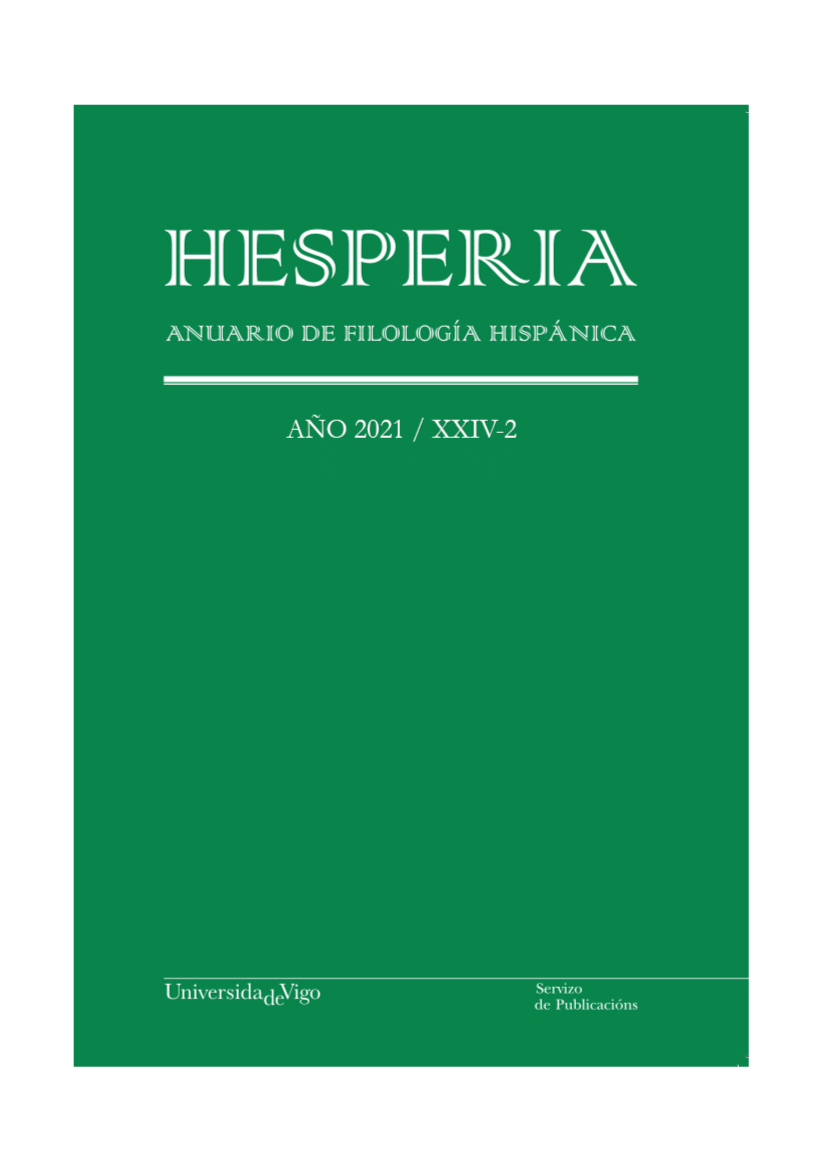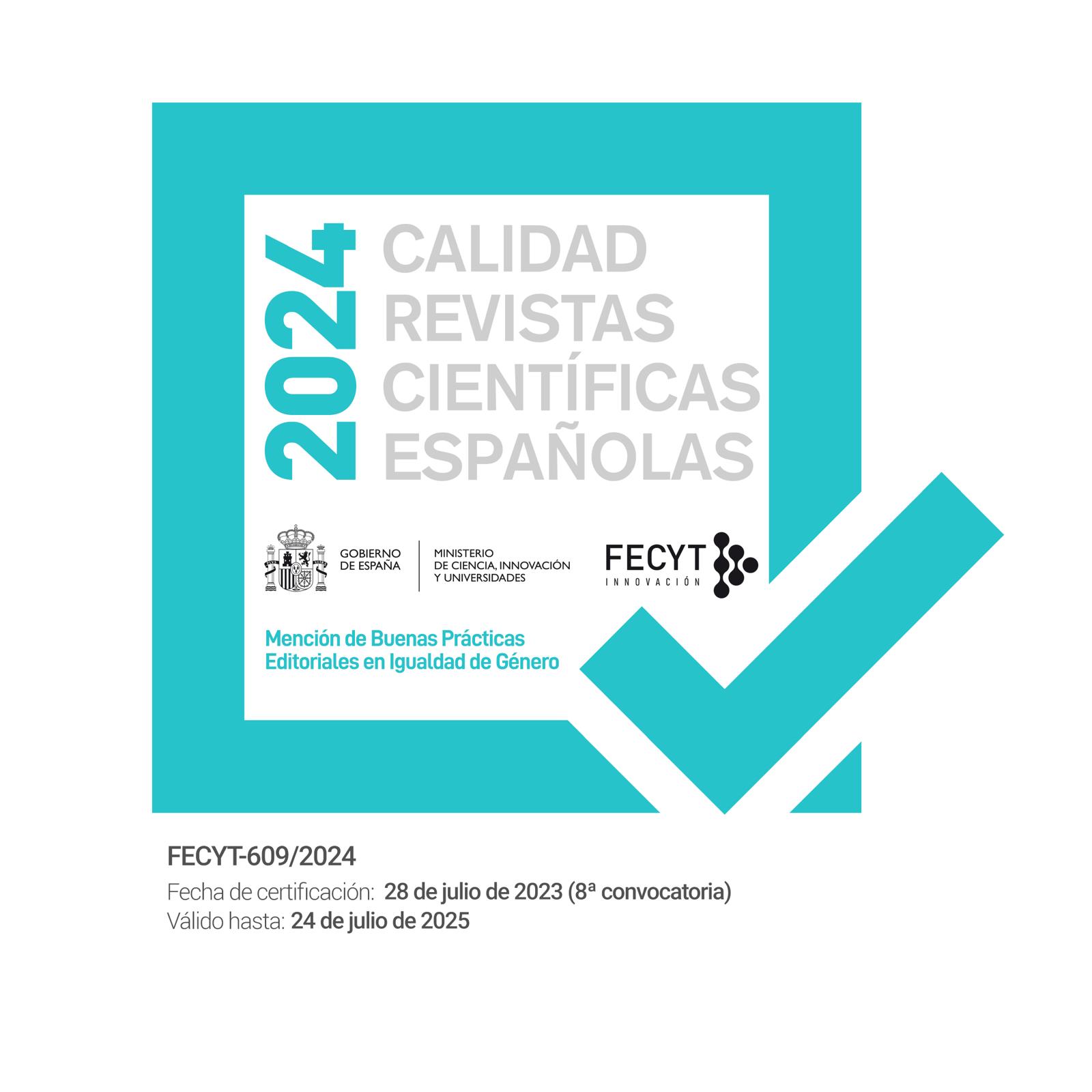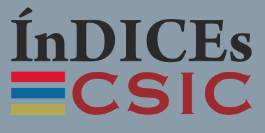El dilema definicional del género en el lenguaje
DOI:
https://doi.org/10.35869/hafh.v24i2.4106Palabras clave:
género gramatical (morfológico), lenguaje no binario, lenguaje inclusivo, género no binario, lengua y género, tipología lingüísticaResumen
Las teorías actuales del género lingüístico definen cualquier lengua con un sistema requerido de clasificación nominal como una lengua “con género” y las lenguas que manifiestan distinciones de género social de otras maneras como lenguas “sin género”. Estas definiciones no logran describir las múltiples maneras en que el género binario puede codificarse en la gramática y el léxico de forma interlingüística. A partir de datos sobre doce lenguas tipológicamente
distintas, argumento que se debe construir una nueva teoría del género lingüístico que se centre en el concepto del género social. Tal teoría es necesaria para situar el concepto del lenguaje no binario empíricamente. Los datos sobre la realización del lenguaje no binario en diferentes lenguas son esenciales en esta tarea, porque identifican los rasgos de la lengua que les hablantes determinan que marcan el género y señalan la capacidad de cambio de una lengua “con género”.















